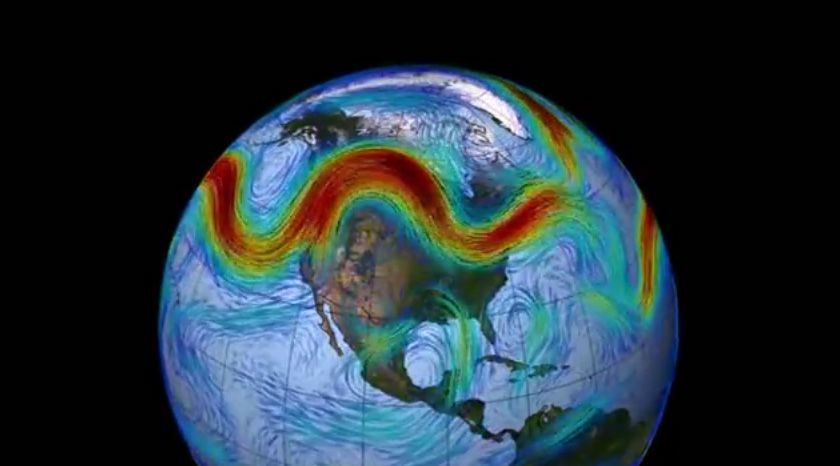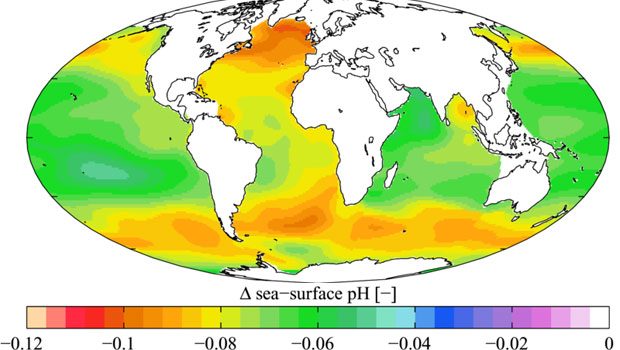By FishOutOfWater / DailyKos: A sudden stratospheric warming split the […]
Independent videographer Peter Sinclair for The Yale Forum on Climate […]
Daniel Halper / Weekly Standard: Apologizes for America’s lack of […]
On November 12, 2012 The Lamont-Doherty Earth Observatory, Earth Institute, […]
Follow National Geographic photographer James Balog across the Arctic as […]







